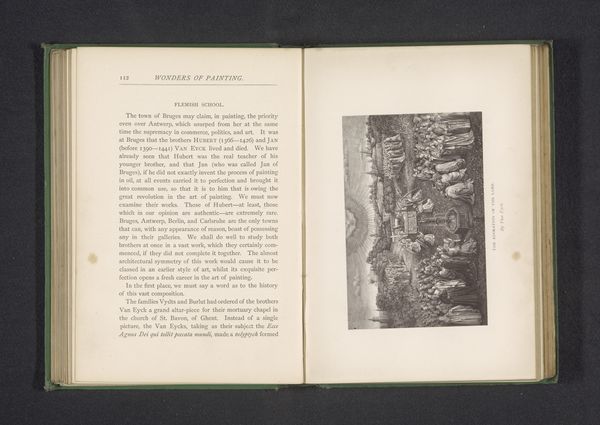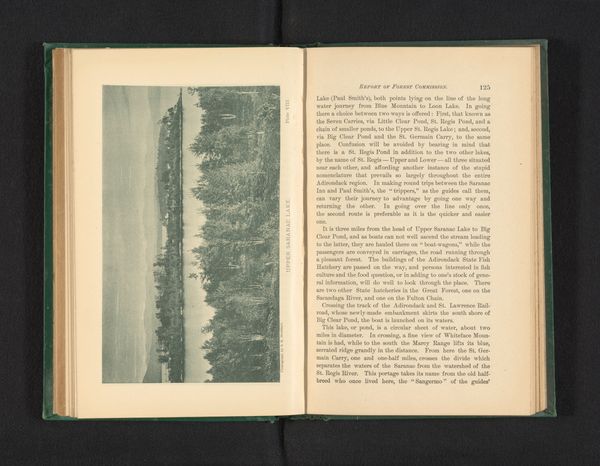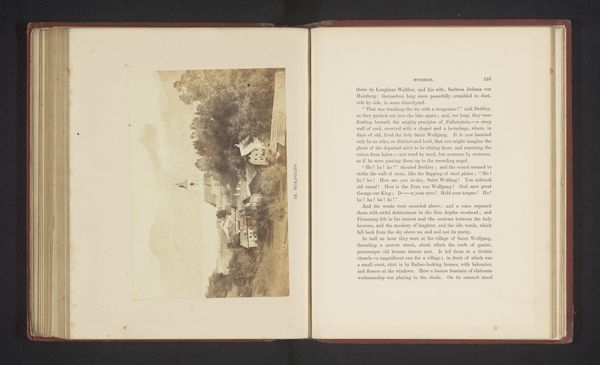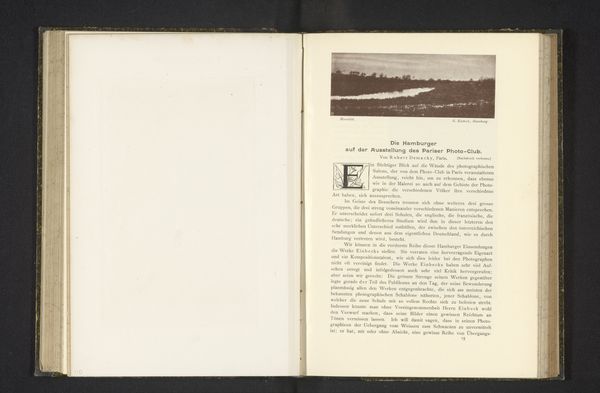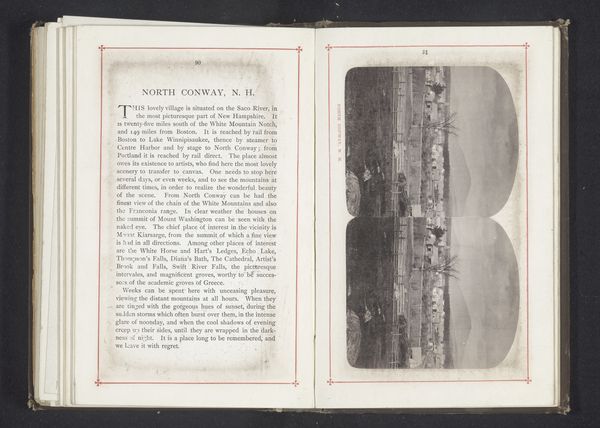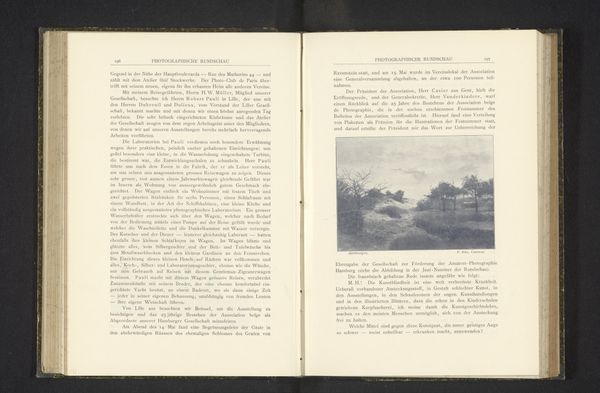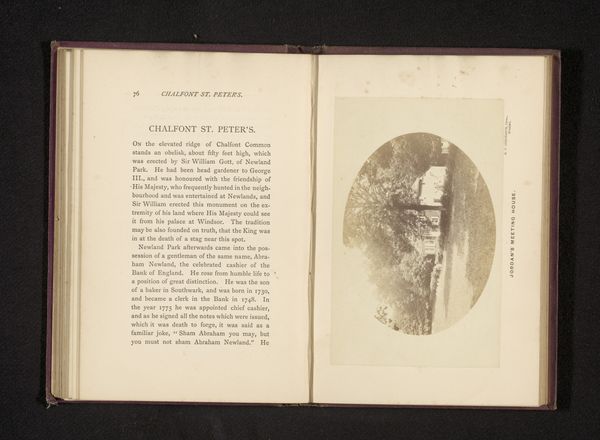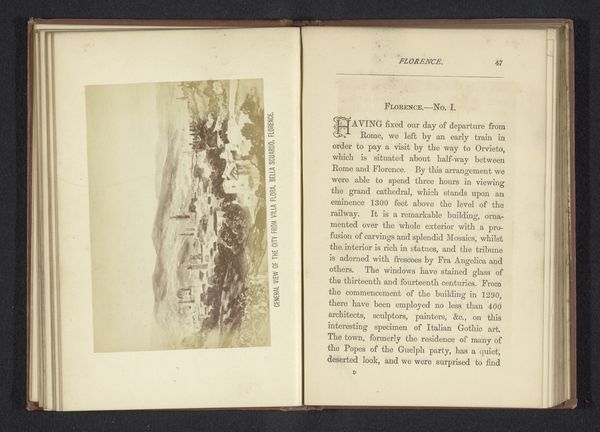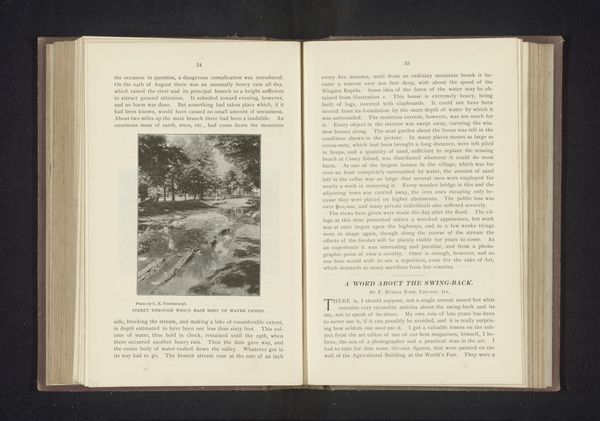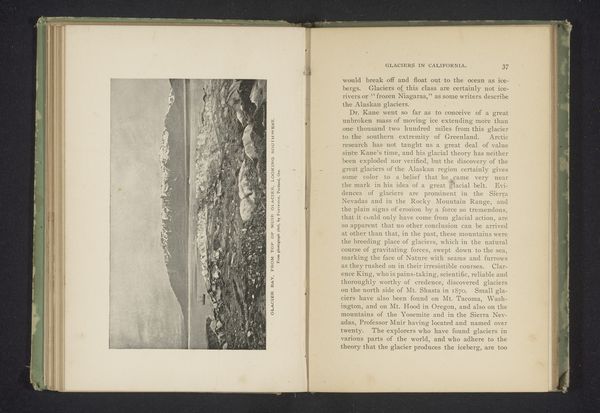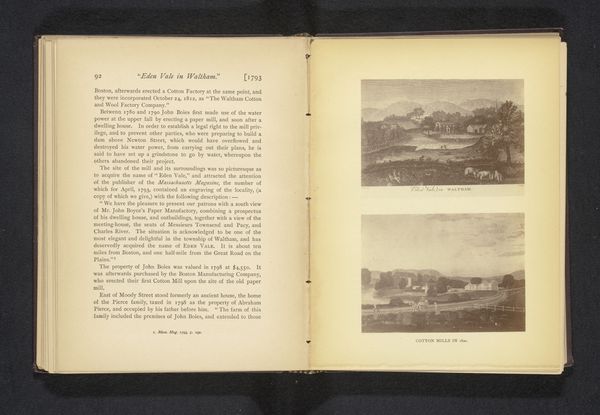
print, photography
# print
#
landscape
#
photography
#
mountain
#
building
Dimensions: height 90 mm, width 157 mm
Copyright: Rijks Museum: Open Domain
Curator: This fascinating stereograph, "Gezicht op Mount Washington," comes from the Bierstadt Brothers, dating to before 1878. Its primary medium is photography printed on, what appears to be, cardstock. The process itself speaks to a democratization of landscape imagery during that period. Editor: Immediately, I’m struck by the stark contrast. The hotel, seemingly a symbol of civilization, is presented against this dramatic mountain backdrop. The image hints at a human imposition on nature, almost a territorial marking. Curator: Precisely. These stereographs, mass-produced, fueled a popular fascination with the American landscape. Consider how the act of making, consuming, and disseminating such images transformed perceptions of places like Mount Washington. The very format – a stereograph meant to create a three-dimensional effect when viewed through a special device – suggests an attempt to ‘capture’ and consume this grand vista, almost commodifying the sublime. Editor: I see a commentary here on how we frame and consume these idealized landscapes. It makes me think about the relationship between tourism and landscape preservation even today. This piece highlights that complex interplay by focusing on the accessibility provided through photography and distribution. Curator: Absolutely, think about the labor involved in its production. From the photographer venturing into these locations, to the factory workers printing these stereographs in bulk, it shows that this visual experience relied on layers of exploitation. Editor: The proliferation of these images also inevitably impacted the landscape itself. Think about increased tourism and the strain that places on the environment. Curator: That tension between appreciation and degradation, capture and consumption, remains pertinent in considering how we perceive and interact with landscape photography even now. It’s about interrogating how we’ve consistently manufactured and spread landscape imagery through labor-intensive industrial means. Editor: I think its enduring relevance stems from the fact that the picture challenges our understanding of natural environments and historical memory and the consumption of landscape. Curator: An incredibly rich photograph – revealing layers of materiality, industrial practices, and social context, and still sparks new debates and ideas. Editor: Definitely. Examining this has changed my perspective regarding mass manufactured art objects.
Comments
No comments
Be the first to comment and join the conversation on the ultimate creative platform.
